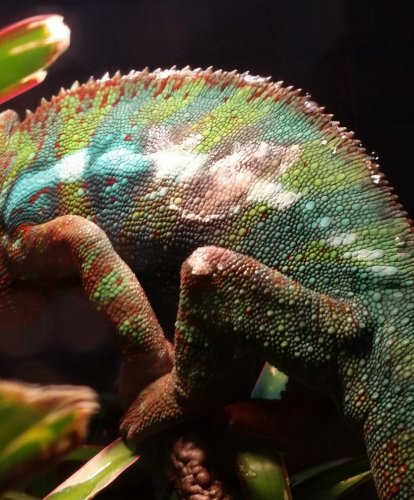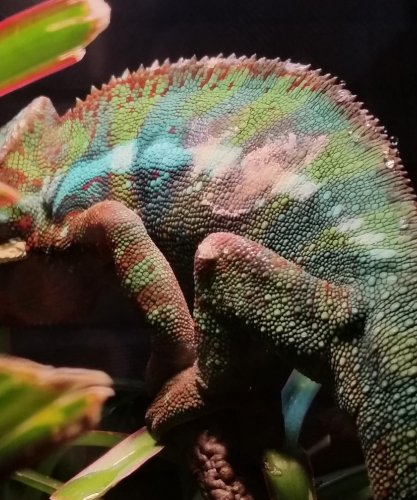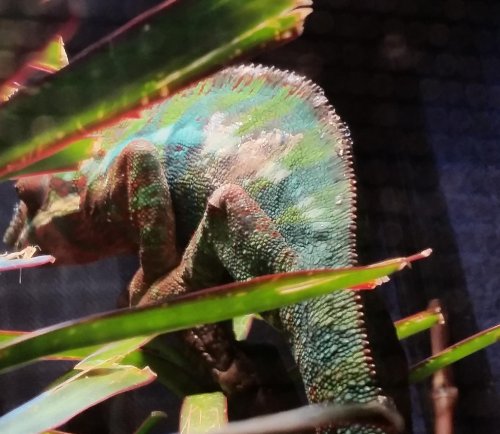VisionaryTrance
New Member
I have an almost 1 year old ambanja panther male. I've seen some darker spots around the area on him I believe he is being burnt. Now when he sheds that spot doesn't shed completely and looks as if it is dead tissue.
Is this him being burnt or something else??
I am using a 5.0 uvb reptisun bulb with a 75 watt exo terra "intense basking spot".
Let me know if you need any more pictures, thanks!
Is this him being burnt or something else??
I am using a 5.0 uvb reptisun bulb with a 75 watt exo terra "intense basking spot".
Let me know if you need any more pictures, thanks!






